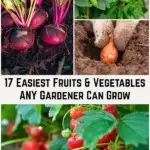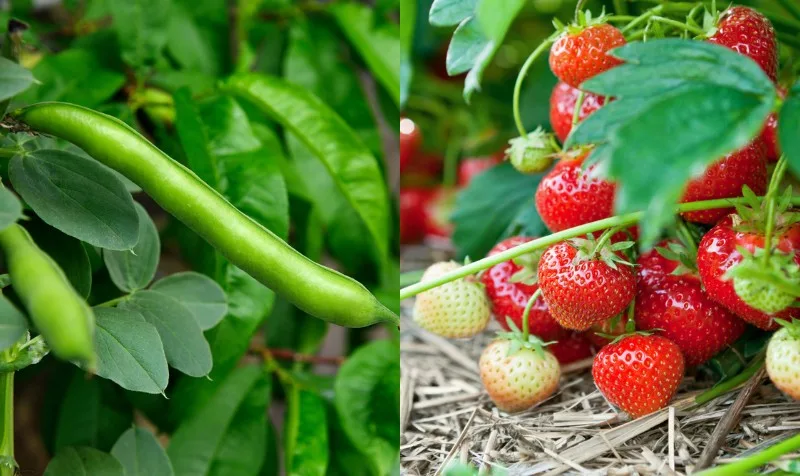
Cultivating healthy homegrown food, and relying a little bit (or a lot!) less on what industry churns out, is a self-reliant dream for a growing number of people.
With knowledge, inspiration, a pot, raised bed or a patch of soil, and the desire to get your hands “dirty”, this aspiration is not far off!
It doesn’t matter whether you live in a city, on an urban homestead, or far out in the country with acres upon acres to raise both plants and animals – it is important to know that growing food does not have to be back-breaking labor.
In fact, it can be both fun and easy, with basketfuls of incredibly tasty rewards too.
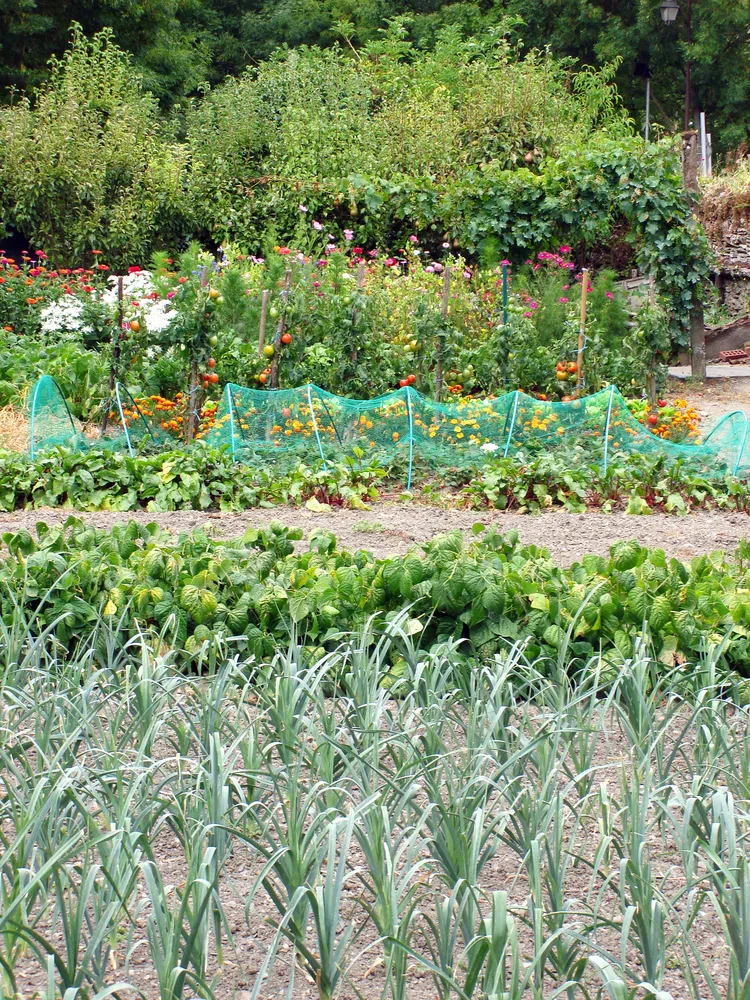
We’ve experimented with the no-dig gardening method for almost a decade and are pleased to say that it works wonderfully. Your harvests may be so grand that you’ll have plenty of food for both sharing and canning.
You may even consider trying a no-dig garden for the first time, as you plant and tend to some of the best vegetables and fruits below.
Anything is possible!
12 easiest vegetables to grow in the garden
While many of these vegetables prefer to be planted directly in the soil, there are a few that don’t mind growing in a container.
Those would be chives, lettuce, radishes and potatoes. Here is a longer list of vegetables that can be grown in containers – some that don’t even appear here!
Like I stated above, anything is possible in gardening, just as there is something for everyone. Gardening is a matter of personal preference and style, you just need to discover your own way to do it.
It may just turn out that the easiest vegetables to grow, are the ones you like to eat the most.
Carrots
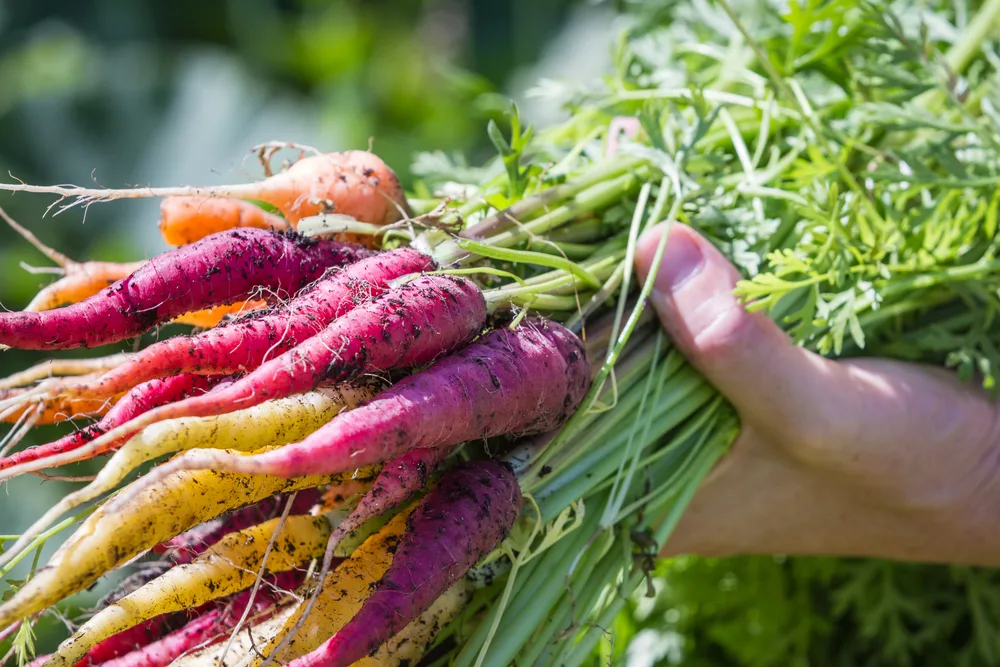
Store-bought carrots pale in comparison to those freshly pulled up from the soil.
Plus, when you bring those orange beauties in fresh from the garden, you can eat the carrot greens too! They are best chopped and added to soups or stir-fries, but we also dry the greens for winter use.
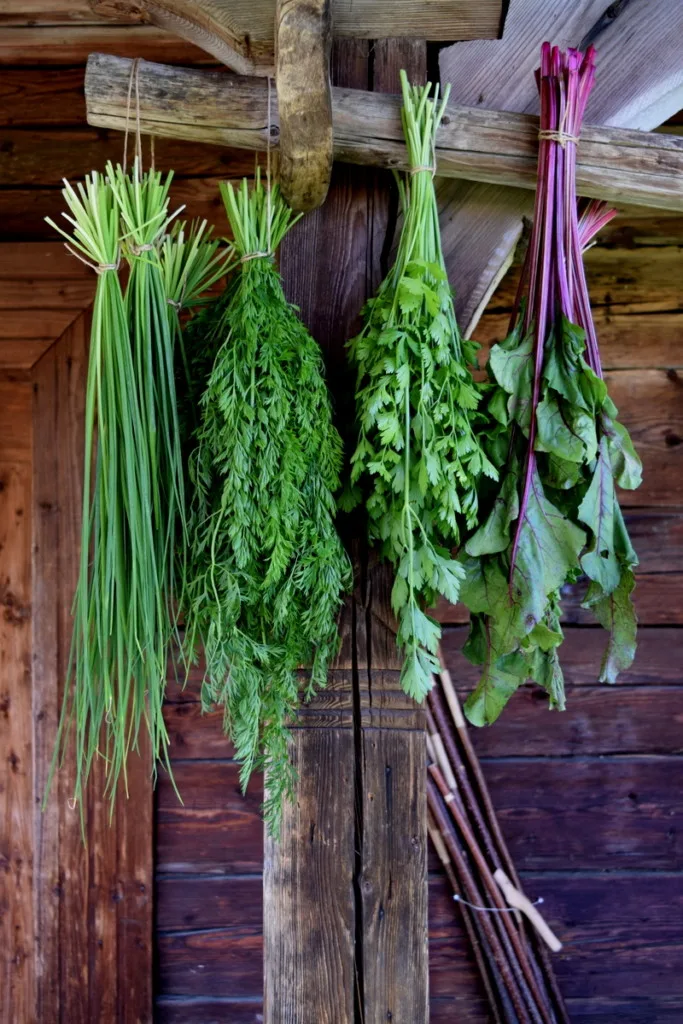
Carrots may be slow to sprout, taking anywhere form 5 days to 3 weeks, so you will need to practice a bit of patience. It is also important to know that transplanting carrots is a no-go. They will become twisted and misshapen if you try to replant them.
Instead, plant the carrot seeds more densely, then thin them out as time and space requires. Just give them a little rinse and add them to your salad!
Lettuce
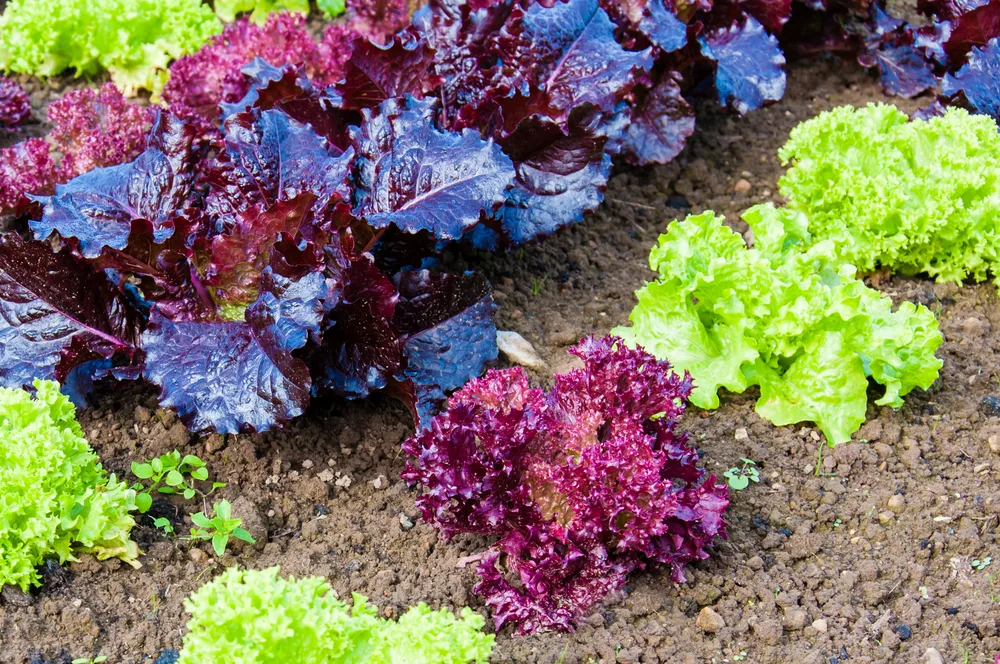
If you keep backyard ducks or geese, better fence off your precious lettuce from the very beginning!
Even if you think you like lettuce in your salad or on your burger, birds will have the tendency to love it far more than you do – and they can demolish a whole row of leafy greens while you aren’t looking.
Don’t ask. There is a story behind every garden wisdom.
That being said, lettuce is super simple to grow, maybe even the simplest on the list.
It is a cool-season crop that grows best in spring and fall, the seeds germinate in 2-12 days, it matures in 45-55 days, and there are so many lettuce varieties to choose from, to keep life in the garden as diverse as possible.
Chives
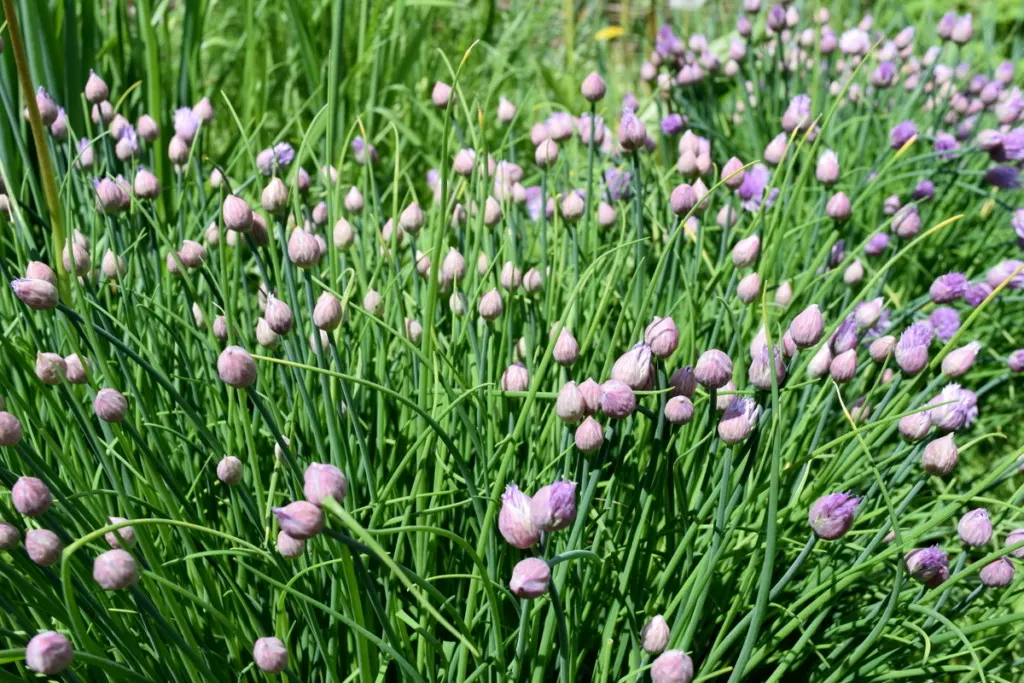
If you are seeking plants with vigorous strength and longevity, consider planting more hardy perennials, such as chives.
Chives thrive in full sun, and while they can be grown from seed, they are best thinned and transplanted from overgrown plants in late winter or early spring.
One of my favorite things about growing a bunch of chives, is that I can walk out barefoot into the garden throughout the entire summer, gently harvest a small handful and bring them inside for breakfast with locally cured bacon and poached eggs.
Fresh greens for the breakfast win, every time!
Don’t forget that chive flowers are also edible.
Garlic
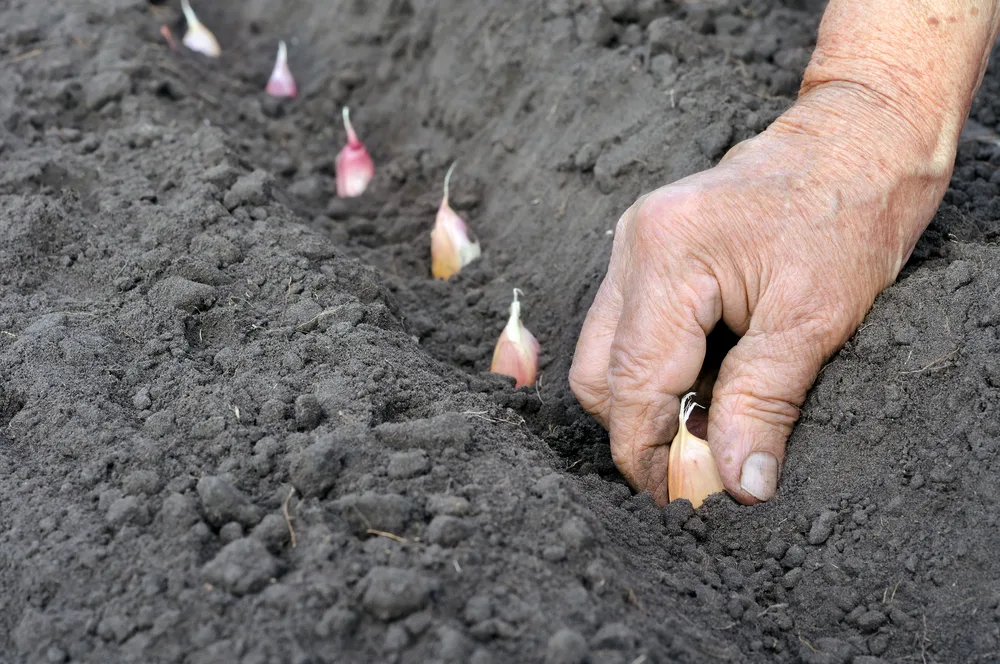
One of the best vegetables for staying healthy is garlic, hands down.
Preferably, garlic is planted in fall to give it a head start in spring, though if you run out of time, spring is just fine for planting too.
Choose hard neck or soft neck (if you enjoy the braided garlic way of storage) and attempt to grow as many heads of garlic each season as you can, your health will thank you.
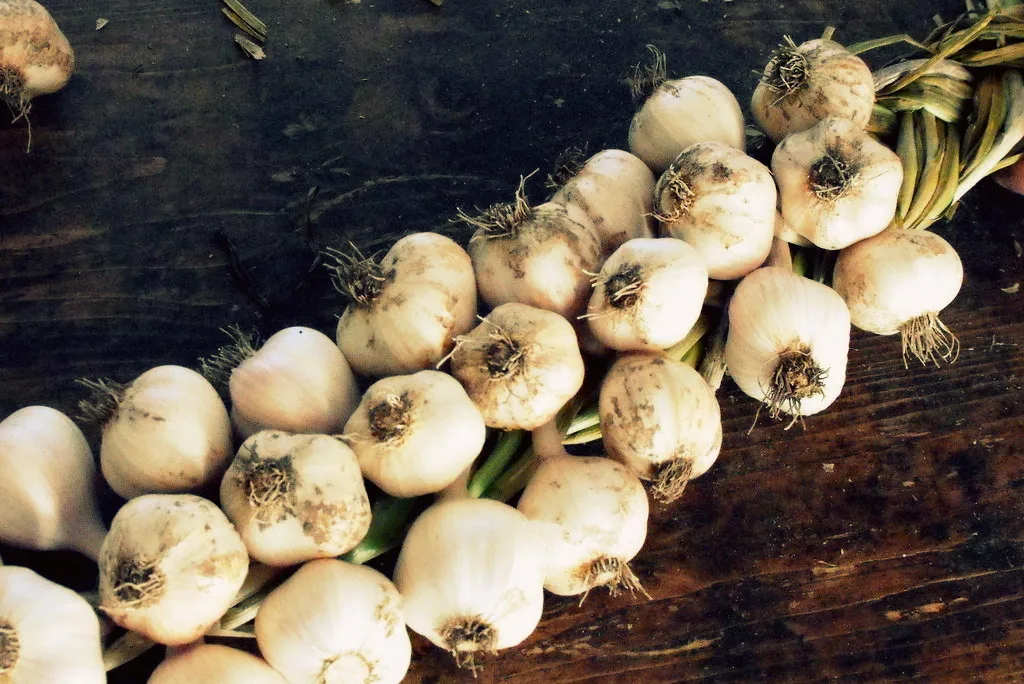
Especially when you learn how to ferment garlic to reap even more benefits.
Onions
The most quintessential vegetable on the list? Onions.
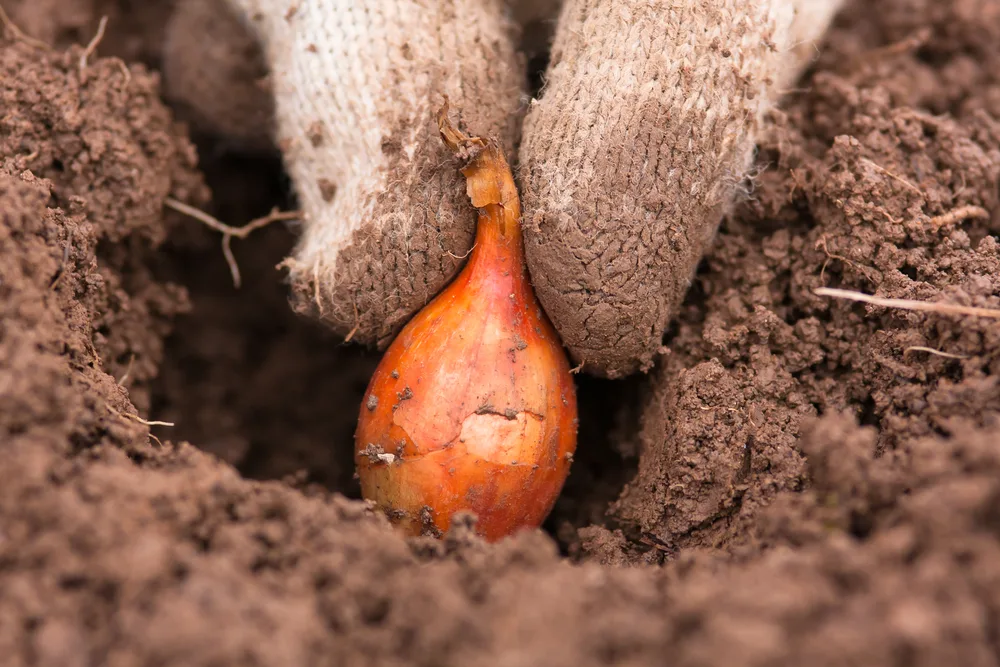
They are a must-have in any garden, and in every kitchen. Eat them raw, sauté them in homemade butter, turn them into a spice we all know and love as onion powder.
Similar to chives, onions can also be grown from seed, more commonly they are grown from sets. Just remember to give each growing bulb plenty of space, so they can grow to their full potential.
Beets
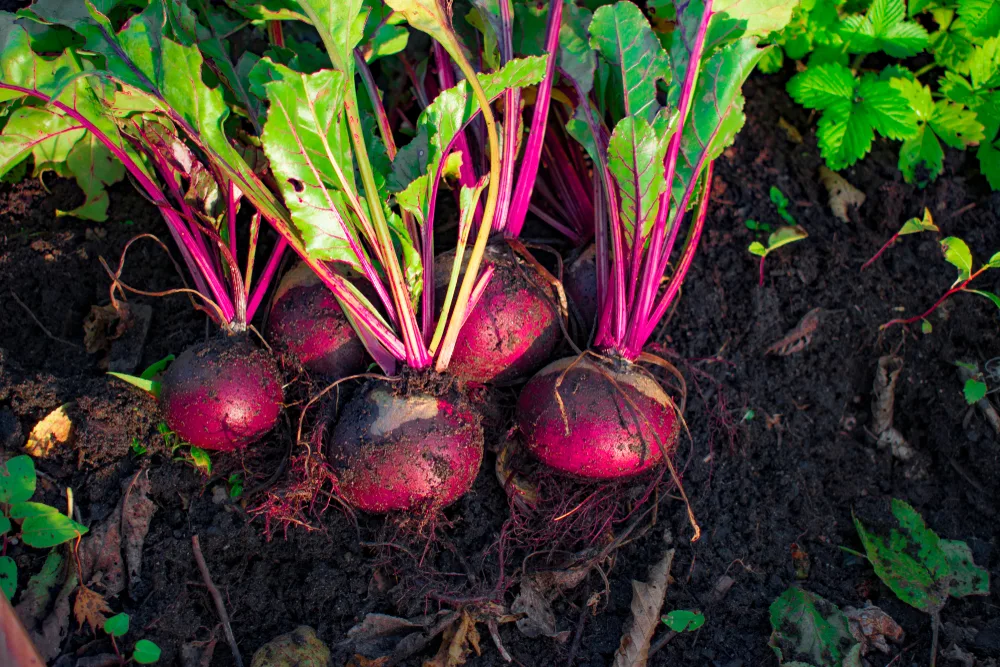
“Though not a flashy crop, beets are well worth mastering for the home gardener.” says Lydia in her article of 33 Brilliant Recipes Using Beets You’d Never Thought Of.
Beets are incredibly hardy as they are among the first and last crops to harvest from the garden, beets are packed with essential vitamins and minerals, they can increase your athletic, er, gardening performance and they are downright earthy.
They can even help you feel more grounded during the winter months when you are more likely to spend time inside.
Like them, or not, beets are very attractive plants in the garden. The colorful leaves are edible too.
Zucchini
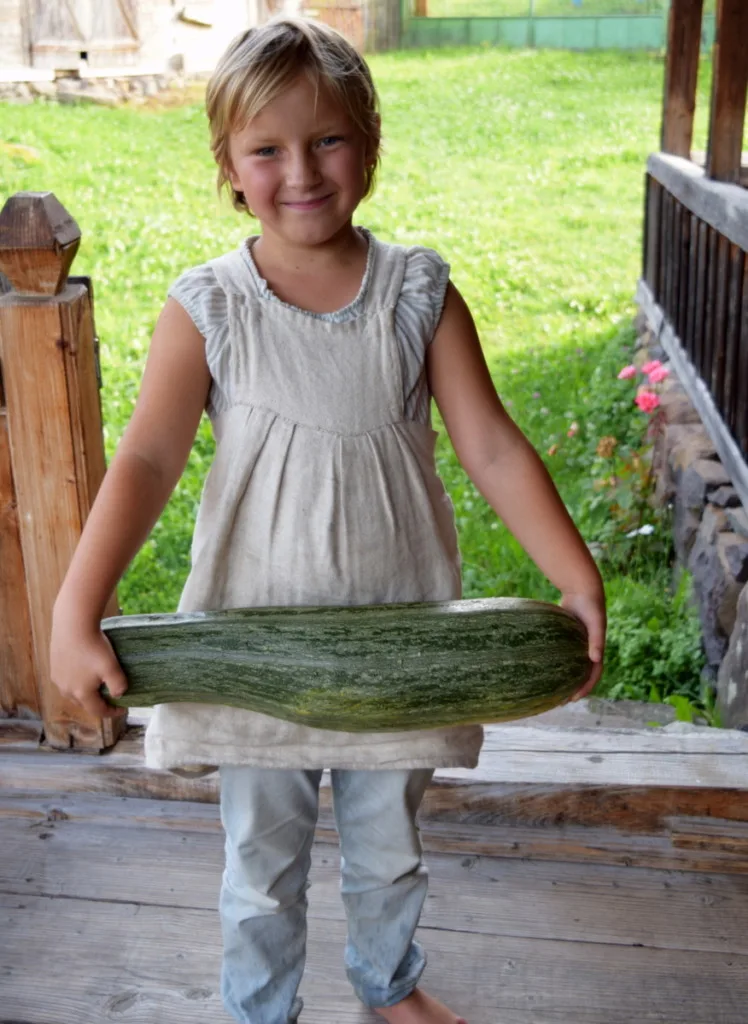
Everyone who has ever had a garden, or know someone with a garden, is familiar with the occasional, not so infrequent glut of zucchini.
It happens almost every year, to end up with so much more than you expect.
From just one seed you can end up with 6-10 pounds of zucchini in a short growing season!
In a year with perfect weather conditions, you can almost see them grow day by day, so be sure to check in on them often and harvest when they are ripe.
Make zucchini relish and/or pickles, dehydrate zucchini chips flavored with your favorite of those easy-to-grow herbs, and be sure to eat the zucchini flowers!
Radishes
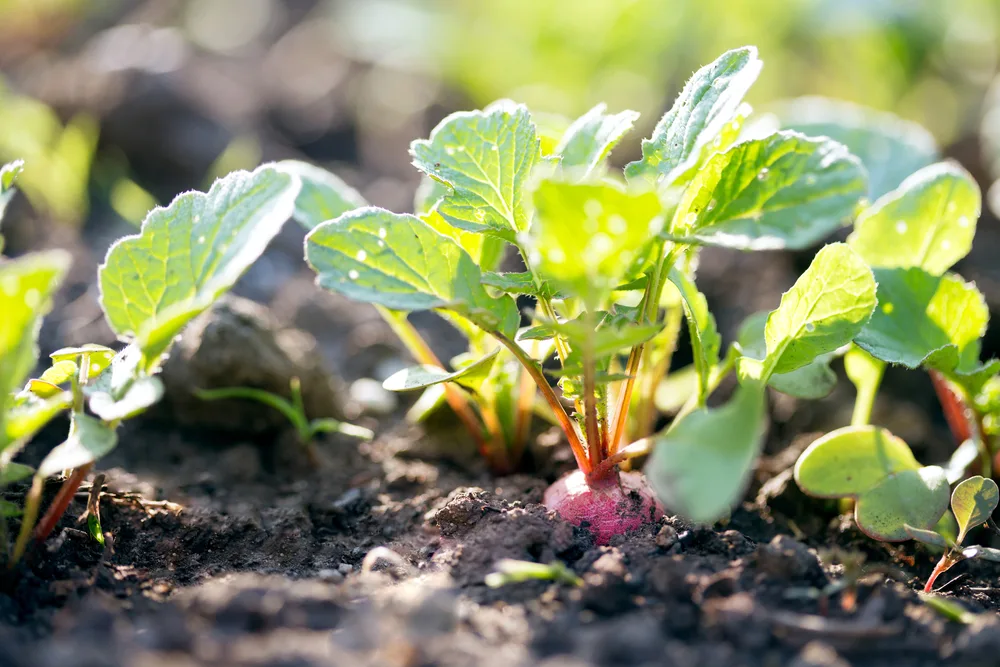
Little gems of pink, white and purple are so easy to grow in a garden of any size.
They take up little space and they are fast-growing (ready to harvest in about 4 weeks), leaving you with that much more room for a second crop, succession planting if you will.
It is also helpful to know that you can plant them every 2 weeks, so they do not mature all at once.
If and when they produce flowers and become leggy, you have two choices: either leave them to set seed, so you can save for next year, or pickle the green radish pods.
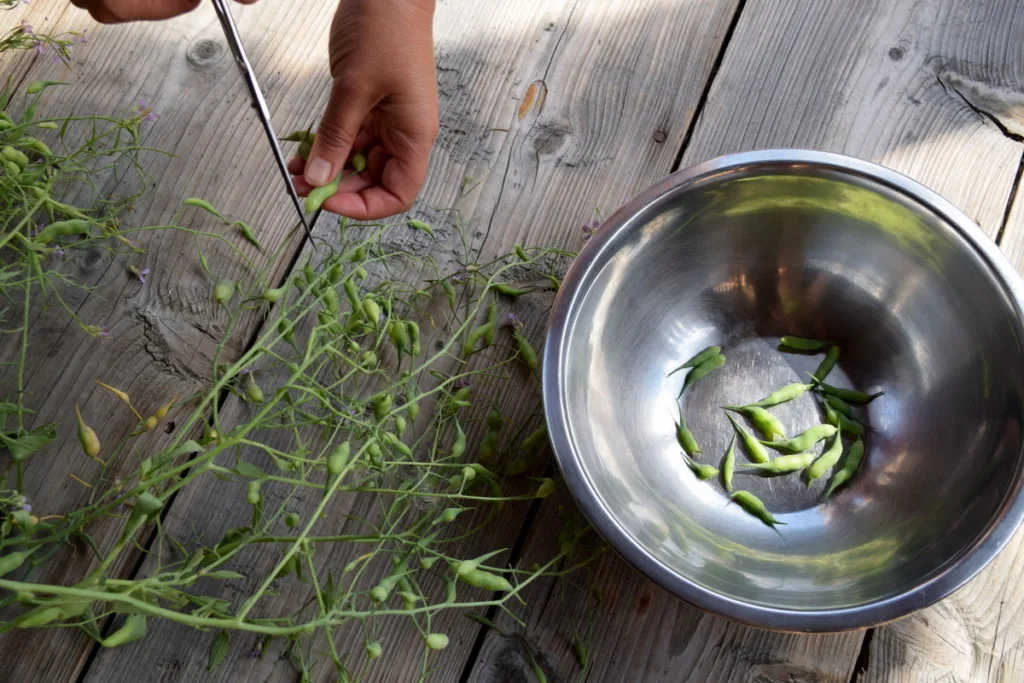
Here’s Rural Sprout’s Tracey showing you how to grow your best radishes yet.
Green Beans
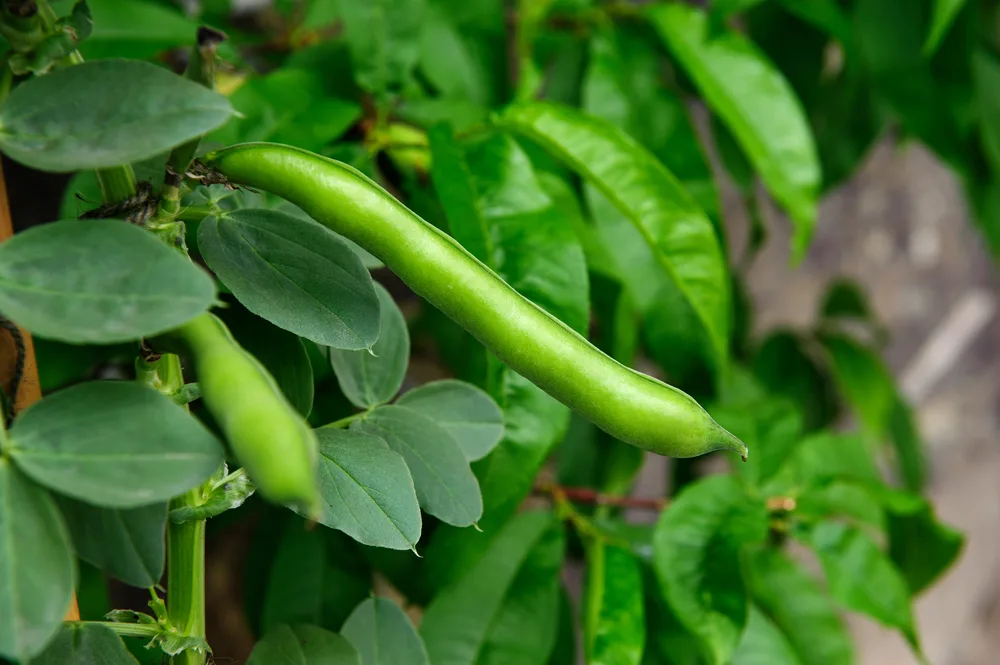
Bush beans can be planted in rows, or groups, just as pole beans can, though they will need some kind of support to keep them off the ground.
When you grow beans, you can see results right away.
Green beans are a very reassuring plant for a beginner gardener.
They germinate in 8-10 days and grow well in full sun, though one of the tricks to tending them well is to only water the roots/soil surface. The leaves, just like on tomatoes will tend toward collecting disease if they are watered.
Once the green beans are ready to harvest, collect them in the early morning hours, while they are nice and juicy, not yet wilted from the sun.
Want to know if they are truly superior to store-bought? Grow them and taste the difference.
Kale
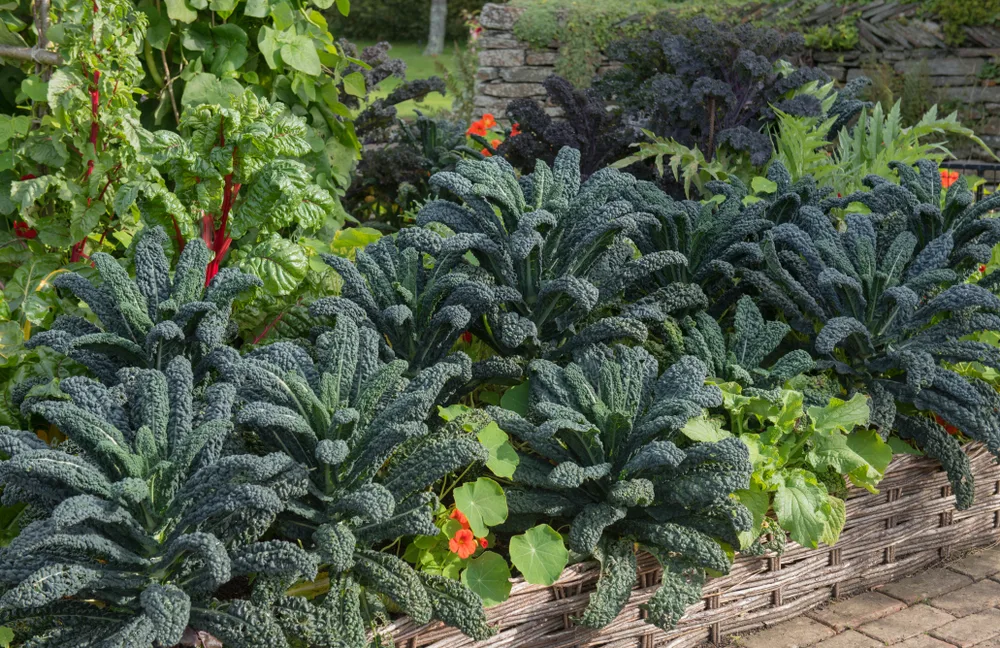
If you have ever tried to grow cabbage and found it difficult, try cultivating kale instead, it is much easier!
Kale is a biennial. In the first year it produces an abundance of edible leaves, in the second year it flowers and produces seed.
More than being a foodstuff, it also looks wonderful in the garden, providing a backdrop for all those other vegetables that are coming and going.
Kale even remains green into the winter months, tasting even better after a frost, proving that it is hardy indeed.
Potato
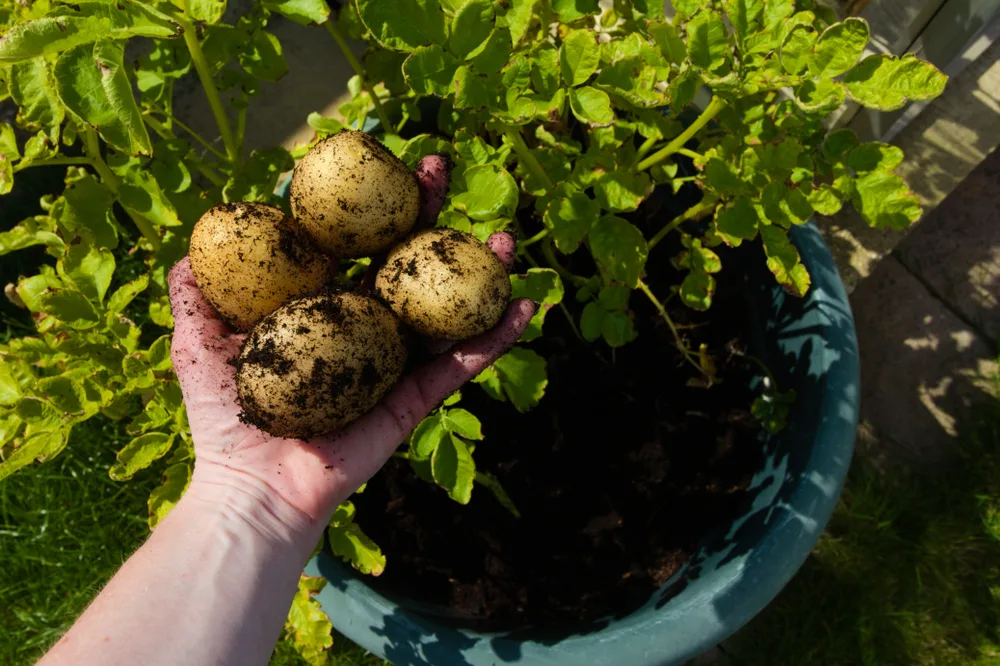
Fried, baked, boiled, mashed. There is no wrong way to cook a potato.
Just as there are many ways to eat them, there are several ways to grow them, among several amazing potato cultivars to try.
If you are a true potato lover, you might want to consider growing them organically at home.
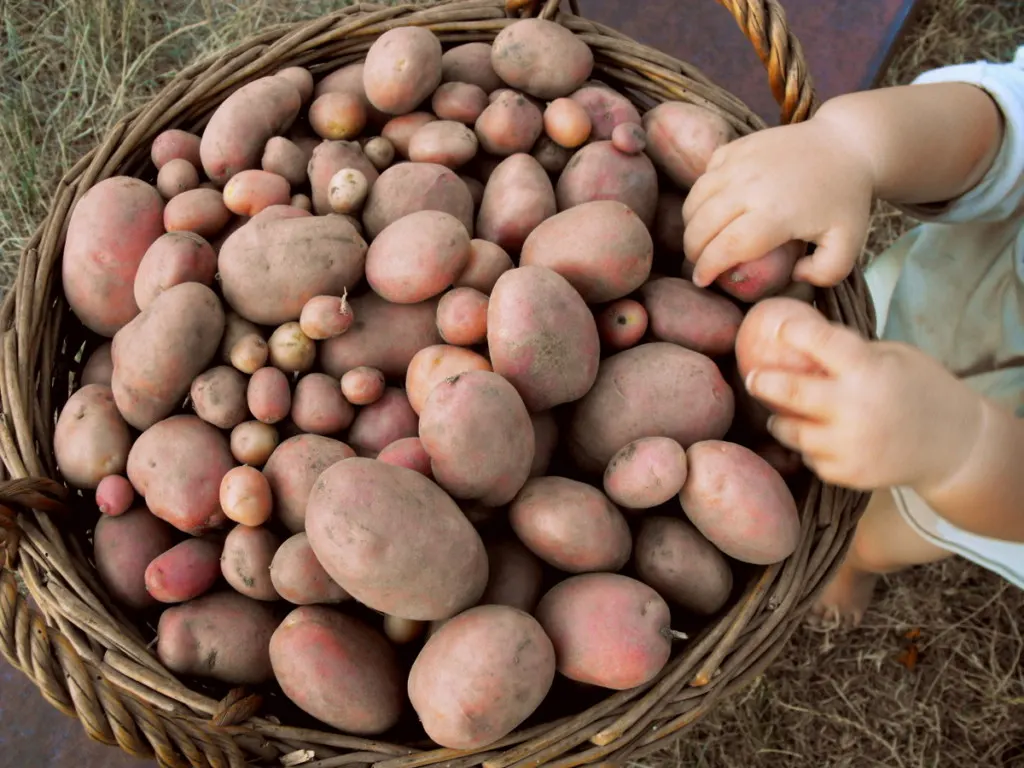
Learn to grow potatoes:
- in raised beds
- under mulch (no digging required!)
- planted in trenches
- in barrels or burlap sacks
- even in containers – including in a five gallon bucket!
Here are 7 Ways to Grow Potatoes In Every Kind of Yard @ Good Housekeeping
Rhubarb
Perennials are quickly becoming our favorite plants in the garden.
In addition to foraging for mushrooms and wild greens, we rely on them as staple crops in our diet. Horseradish is one that grows particularly well in the garden, rhubarb comes a close second.
Plant it once, nurture it well and eat homemade rhubarb and strawberry jam for years to come.
Here’s our guide to growing delicious rhubarb from seed or crown.
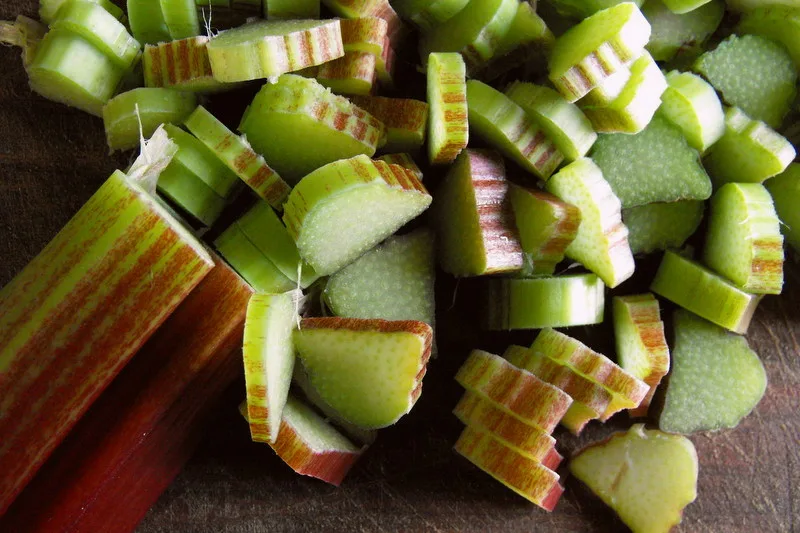
5 easiest fruits to cultivate in your backyard
When you can harvest your favorite fruits straight from the backyard, you will feel a sense of pride and satisfaction. And when you have more than enough to share, the feeling only intensifies.
Here are the easiest fruits to grow:
Strawberries
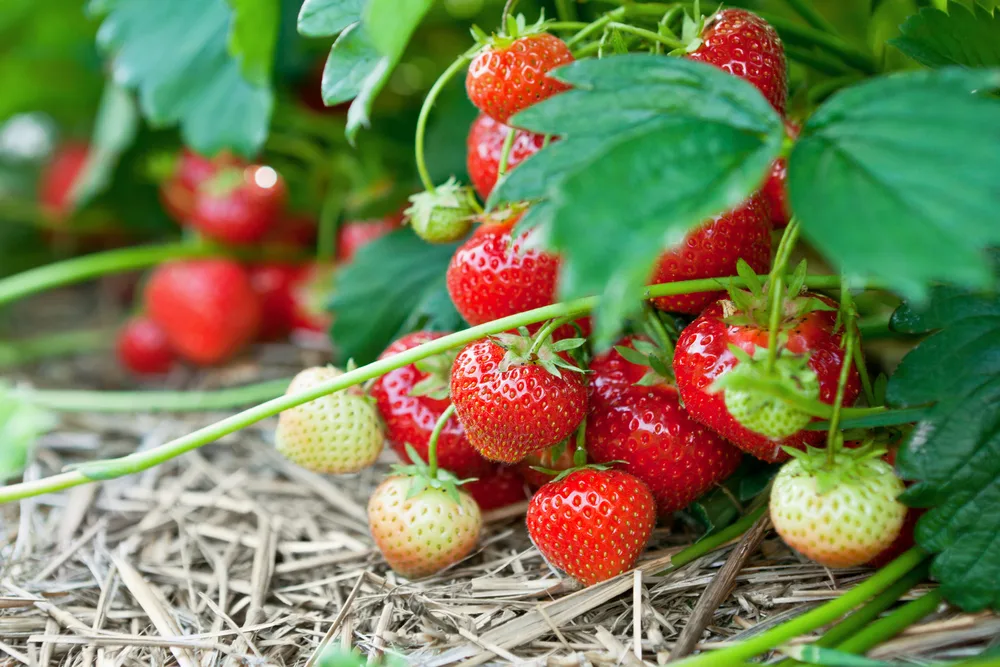
If your garden has full sun, and a well draining soil, try growing strawberries, your ice cream will appreciate the gesture!
Alternatively, you can also grow strawberries in containers – even lovely woven baskets.
While some gardeners may say that strawberries require lots of space, this is simply not true. The fact that you can grow them in pots outside, dispels the myth.
However, you may want to consider using raised beds for growing strawberries for easier weeding and harvesting. You may also want to mulch with straw to prevent weeds.
Depending on your location and amount of wildlife in your area, you may also need to protect the berries as they become ripe. They will attract more than just your attention, but the sweetness of homegrown strawberries is totally worth it!
Blackberries and raspberries
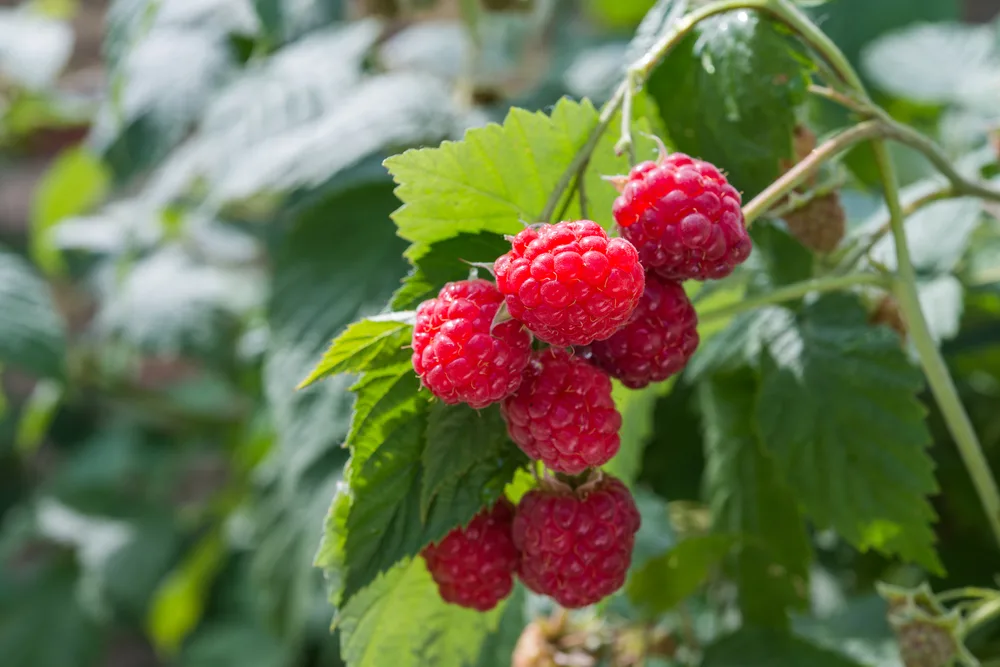
Raspberries and blackberries are two treasures I look forward to harvesting each and every finger-stained year.
They grow wild in the forests beyond the village, and while they may be more fragrant than those garden cultivars, the harvests are unreliable at best, due to animals foraging on them as well as dense shade from the trees. And those thorns!!
When you have a berry patch in your yard, you are sure to have a more steady harvest – with bigger berries too!
Once planted, they keep on growing and growing and growing. So, be prepared for pruning the canes back yearly. It is a very small price to pay for heaping bowls of freshly picked berries throughout the late summer months.
Ready for planting? The following articles will help you get started:
Planting, Growing and Harvesting Blackberries @ The Old Farmer’s Almanac
How to Plant Raspberries @ Rural Sprout
Gooseberries
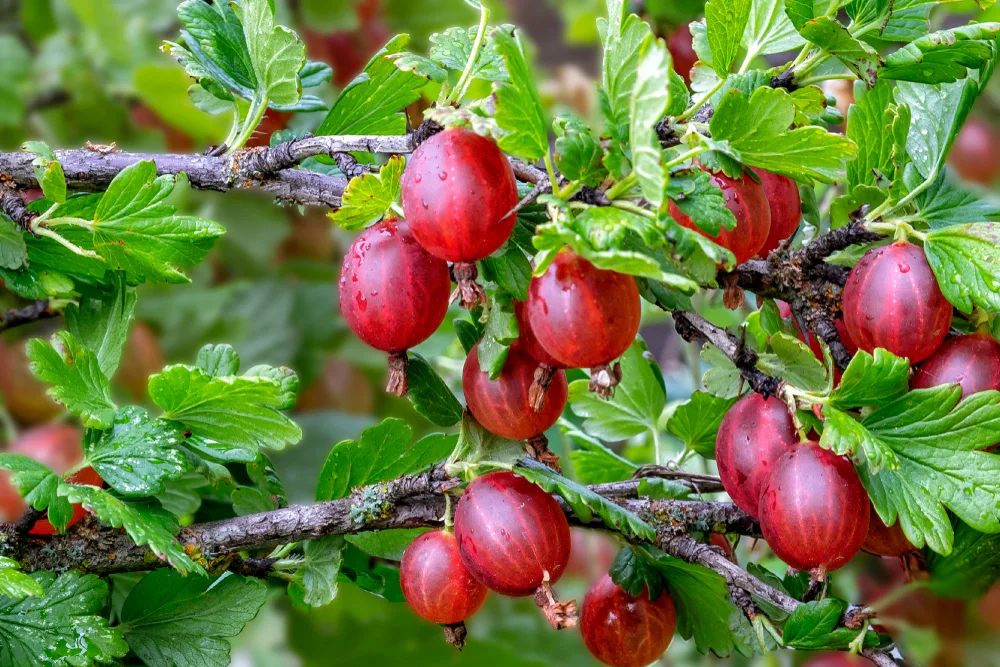
Another wonderful berry bush to add to the garden is gooseberry.
Gooseberries are self-pollinating, so you only need to plant one bush, not 3 or 4, to experience a generous harvest.
They grow to a height of about 5 feet, and they are easy to prune.
Surprisingly they can be grown in large containers too. If you only have a patio or a small deck, this may be the perfect fruit for you, provided that you enjoy the sweet-sourness of each berry.
In the Unites States, some growing restrictions may apply to planting gooseberries, due to them acting as a potential host for white pine blister rust. The same restrictions may apply to currants as well.
Buy stock from a reputable nursery and they should be able to recommend rust-resistant varieties.
If gooseberries won’t work for you, check out this list for more inspiration:
20 Fruit Canes or Bushes to Grow in Your Garden
Grapes
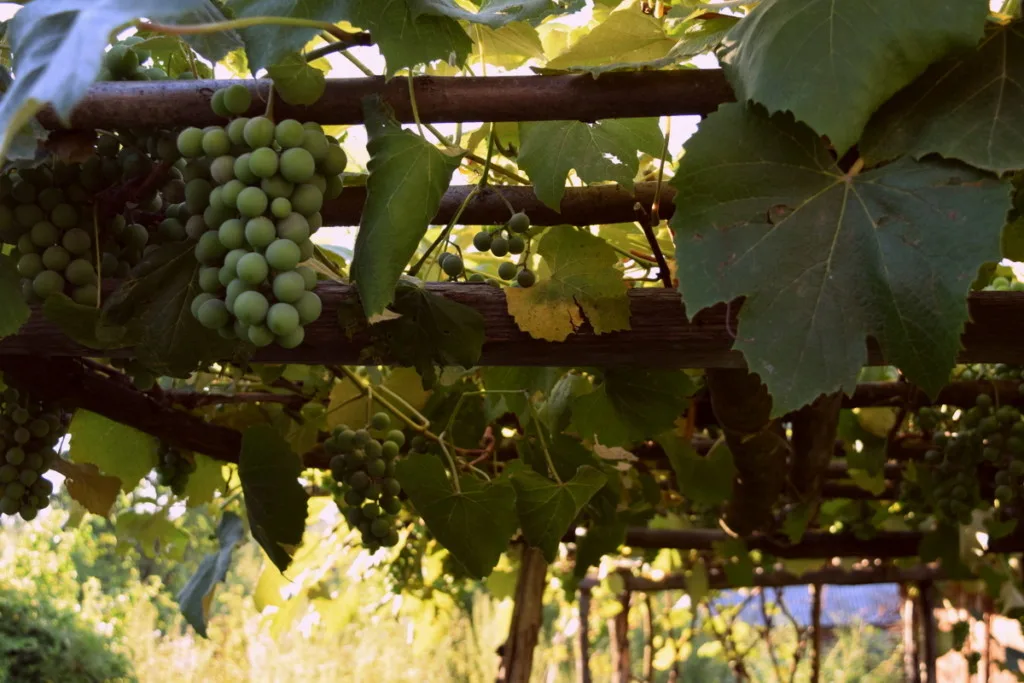
Everyone loves plucking the ripest pearls from a bunch of grapes while sitting in the shade on a hot summer day, that and an ice-cold glass of lemonade.
While strawberries will give you fruit the first year, you will have to wait a bit for grapes.
Luckily, it doesn’t take too long to start producing your first bunches, only about 3 years.
After that, you will be set with grapes for life – or at least the next 50 years!
Choose the best variety that will thrive in your area, and learn how to correctly prune your grapes for the most bountiful harvests.
Apples
Apple trees are among the most forgiving of fruit trees to prune, so they make a great start for budding orchardists.
With plenty of ripe apples growing in the garden, you’ll be able to experiment with new canning recipes, making apple chutney, applesauce, apple butter, apple cider, apple cider vinegar…
You can easily eat an apple a day (at least in summer), when all you have to do is reach up for the ripest one.
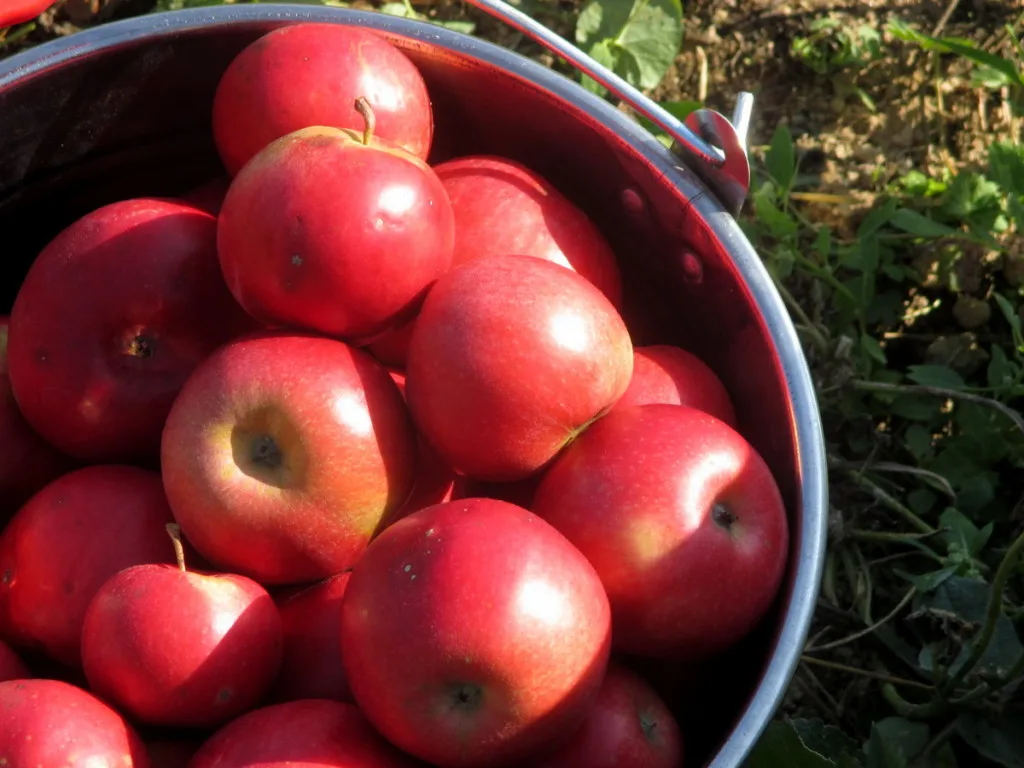
If you don’t have the amount of land (yet) that you desire, why not consider a potted garden to feed your creativity and inspiration along the way?
Why plant fruits and vegetables that are easy to grow?
Well, for starters, many of these vegetables and fruits listed here are low-maintenance.
Homesteaders and gardeners tend to have busy lives, but not busy in the city sense.
Chores are swinging about left and right, and sometimes, at the end of the day, all we want to do is sit down and eat, not to figure out if the plants need more water, or what to do about insect damage.
Ease of growing also comes with disease-resistance.
While some may add tomatoes and cucumbers to the list of easy plants to grow, I have refrained from including them here.
They are indeed easy to grow – if growing conditions are right. If they are not, it can be a real struggle to harvest a decent crop.
For novice gardeners, it is rewarding to start with what grows best and work your way up from there.
Grow what you want to eat, get familiar with your soil, the sun and the shade, and by all means, get your children and grandchildren involved in the growing of food – to pass the knowledge and essential skills of self-reliance along.
When growing food is uncomplicated and fun, eating healthier is so much easier too!
Read Next: 18 Perennial Veggies – Plant These Once & Harvest For Decades

Get the famous Rural Sprout newsletter delivered to your inbox.
Including Sunday ramblings from our editor, Tracey, as well as “What’s Up Wednesday” our roundup of what’s in season and new article updates and alerts.


